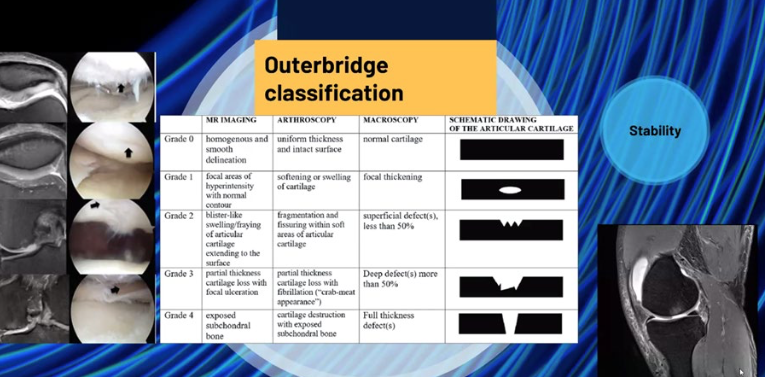Osteochondral lesions of the knee

FEATURE / FOOTBALL MEDICAL SOCIETY
Osteochondral lesions of the knee was the topic for the final FA Medical Society evening lecture of this 2021/22 season. This is a hugely important topic as the management of players with these injuries is notoriously complex and challenging. Below is summary of each speaker’s presentation for those that could not attend.
Radiological assessment of cartilage defects in the knee – Professor Rowena Johnson
Hyaline cartilage is composed of a low density of chondrocytes surrounded by an abundant extracellular matrix of which approximately 80% will be water. This can act as a cushion distributing the impact of compressive forces with collagen fibers anchoring the underlying subchondral bone. The main function of hyaline cartilage includes absorption and distribution of loading forces.
Imaging modalities to assess for osteochondral defects
Radiographs tend to be the main imaging modality in epidemiological studies. On an X-Ray, cartilage cannot be seen unless calcified. A reduction in joint space tends to be secondary to cartilage loss but may be due to extrusion of the meniscus. On ultrasound one can note low echogenicity at joint margins, while a detached body tends to look white. MRI is the main imaging modality as it provides high-spatial resolution, multiplanar imaging and excellent tissue contrast. Different imaging sequences can be used in MRI. T1 provides limited assessment of joint structures, while better contrast definitions are achieved with PDFS rather than with T2FS.
Sensitivity of MRI may be reduced due to thick slices which may mask osteochondral lesions. Moreover, 3T provides greater spatial resolution when compared to 1.5T.
Nuclear medicine imaging is used for troubleshooting in cases were athletes have adjacent abnormalities, with very few patients being selected for this imaging modality. Nuclear medicine imaging is used particularly in cases to assess whether the patient needs surgery or to highlight if the osteochondral lesion is in fact driving current symptoms. However, it is not a first line investigation.
READ MORE – Members please ensure that you are logged in
